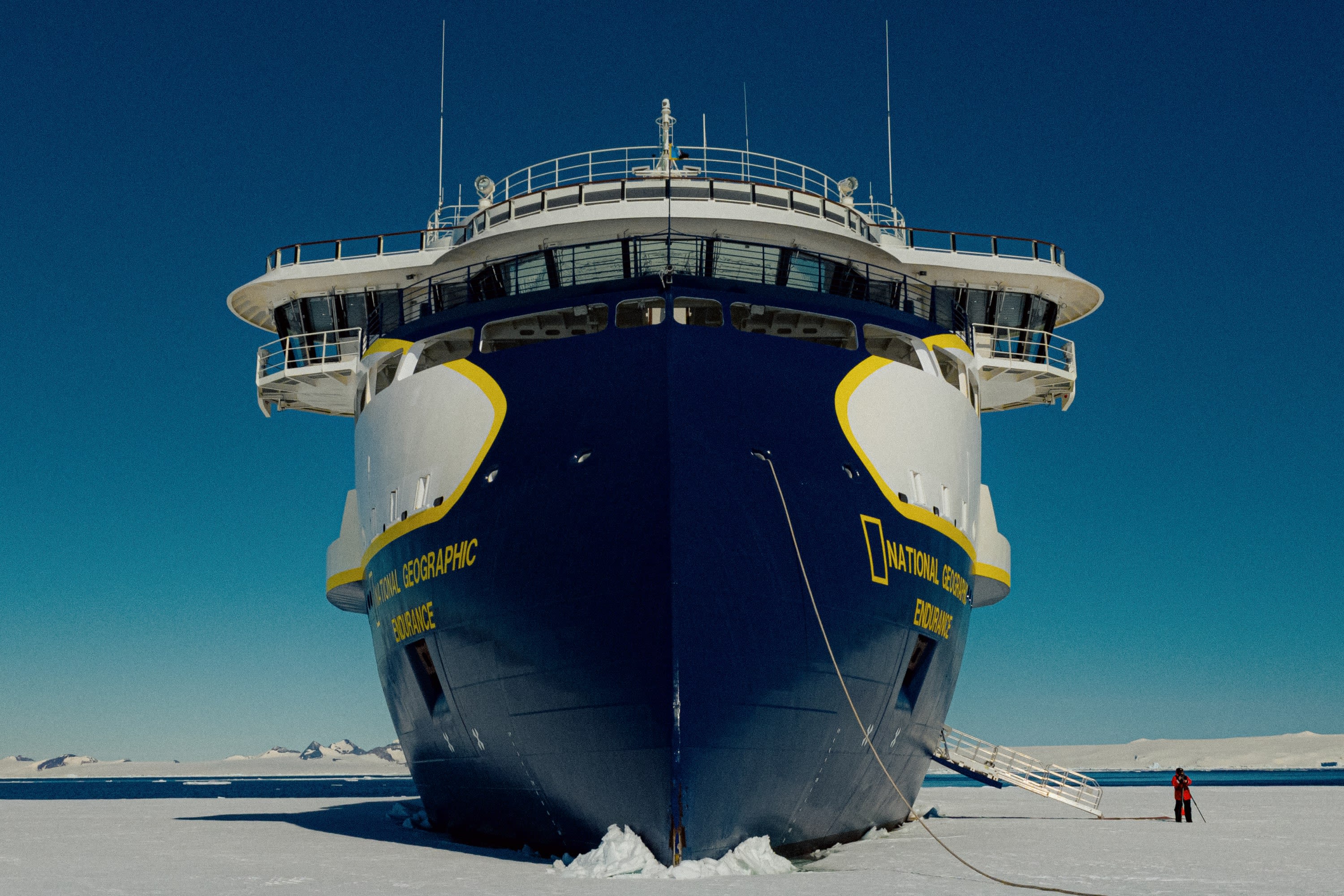
Antarctica cruises offer the rare chance to visit one of Earth’s last frontiers. They’re daring, exotic and, under the right circumstances, surprisingly luxurious. Get all the information you need to decide whether a cruise to Antarctica is right for you, with firsthand accounts from Fora travel advisors who’ve actually been there.
Why visit Antarctica?
A cruise to Antarctica isn’t for the faint of heart. The seas can be rough. The setting is severe. The distance from civilization is considerable. At the same time, the scenery is strikingly beautiful, the opportunity for adventure is near unparalleled and you’ll be joining a club few people have joined.
“The experience was nothing short of phenomenal!” Fora X Advisor Kaitlan Leonard said. “We encountered breathtaking ice formations, stunning landscapes and witnessed awe-inspiring events such as ice calving, humpback whales breaching and killer whales. Additionally, we observed a variety of penguins nesting and spotted multiple species of seals, including the elusive Ross seal — a true highlight of the trip!”
Cruises provide a safe and comfortable way to navigate the Southern Ocean while allowing you to, in some cases, step ashore and immerse yourself in untouched wilderness. On any Antarctica cruise, you can witness icebergs and glaciers the size of cities, as well an abundance of rare wildlife, including penguins, seals and whales.
“Go. Seek the unknown and spring for a once-in-a-lifetime adventure: It's beyond worth it,” Fora Advisor Rochelle Hathaway said.
Antarctica cruises: an overview
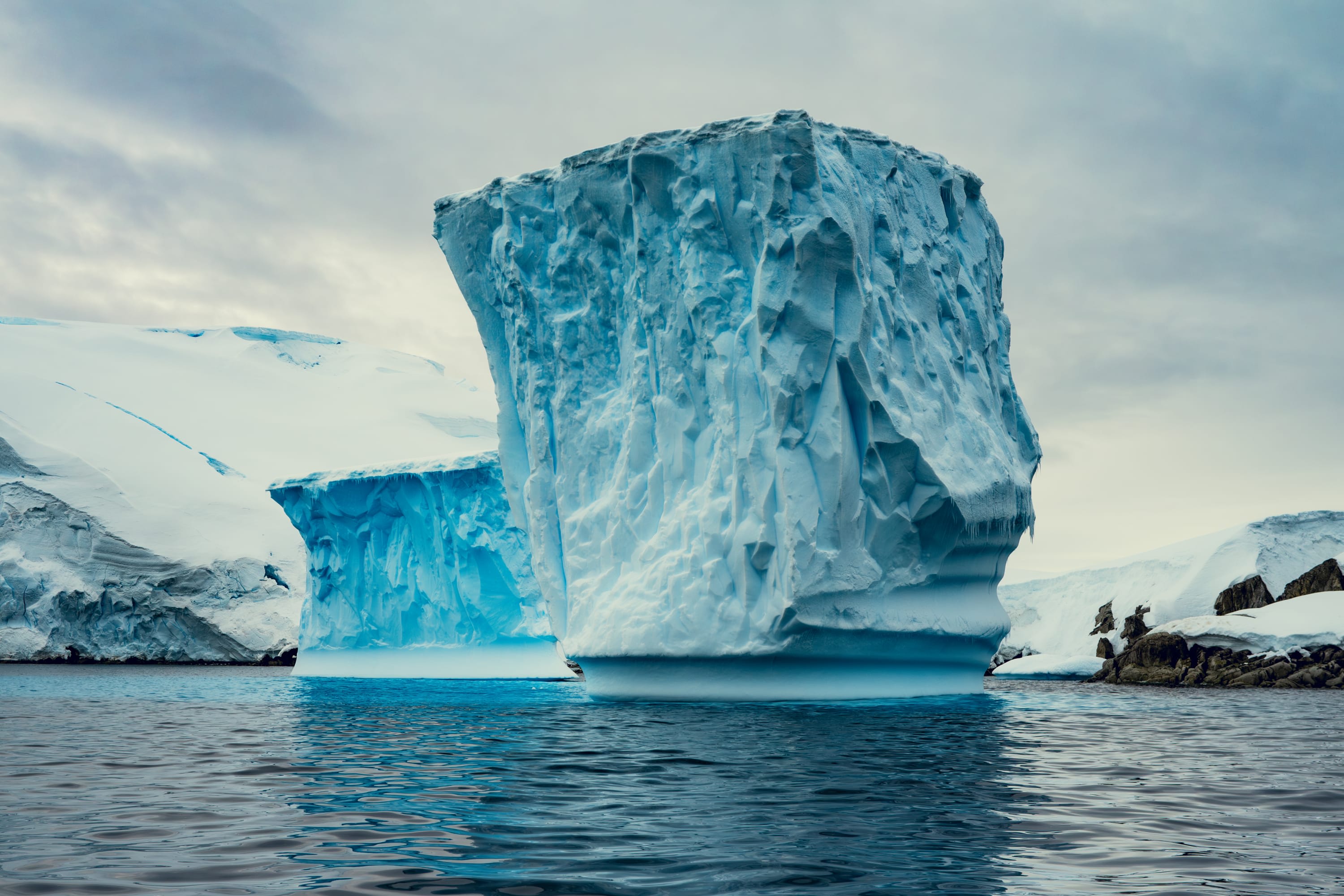
Antarctica cruises can be divided into three categories: luxurious expeditions, mass-market options and see-only voyages. The first tier offers the most substantial experience, including high-end accommodations, excellent dining and highly involved excursion options. Expedition ships usually only cater to a couple dozen passengers at most, and pride themselves on offering a highly tailored experience. The experiences vary by itinerary, but oftentimes, these are the only options that allow you to actually step foot on Antarctic soil (or ice). Moreover, these cruises can be highly educational and are usually led by esteemed Antarctica experts.
Mass-market Antarctica cruises are similar to the shipboard experience you might picture when you imagine a cruise to the Caribbean. These are massive ocean liners that have been specially outfitted to traverse the Southern Ocean’s rigorous seas. Oftentimes, these cruises only offer limited shore excursions. For example, you may be able to board a smaller craft that will take you up close, but stepping foot on the shores is either prohibited or offered to passengers who pay a premium. The trade-off, of course, is that they’re much more affordable than luxury expeditions.
You may occasionally find “see-only” voyages with approachable rates. This simply refers to Antarctica cruises that sail close enough to the shoreline for you to get a good view, but don’t offer excursions of any kind. They tend to be less expensive than the other options, with only basic amenities. However, luxury see-only cruises are occasionally offered by some cruise lines.
Most Antarctica cruises depart from Argentina or Chile
Most voyages begin in Ushuaia, Argentina, the southernmost city in the world and the primary departure point for Antarctica cruises. After departure, ships usually sail through the scenic Beagle Channel before hitting the open waters of the Drake Passage. Crossing the passage takes about two days on average, and involves traversing some of the most treacherous waters on the planet. It’s normal for cruises to allot additional time to the voyage to circumvent sudden storms or icy conditions. Alternatively, some cruises — particularly those that originate in Punta Arenas, Chile — allow you to skip the Drake Passage by plane, landing in the South Shetland Islands, where you’ll then depart on your cruise.
Upon reaching the Antarctic Peninsula, your typical itinerary focuses on exploration. The best cruises may operate multiple excursions per day by zodiac boats — highly capable landing craft — allowing passengers to land on the continent or nearby islands. Some Antarctica cruise itineraries include stops in places like the South Shetland Islands (if this wasn’t your starting point), Paradise Bay and Neko Harbor, where you can see penguin colonies, seals and ice formations. Some cruises also visit active research stations for insights into scientific work in Antarctica. Longer itineraries may include venturing further south to cross the Antarctic Circle or exploring the Weddell Sea, home to city-size icebergs. Sub-Antarctic islands, such as South Georgia and the Falkland Islands are also possible stops. These islands are home to animals such as king penguins and albatrosses. From here, return voyages cross the Drake Passage a second time, either by ship or flight.
Guest-to-crew ratios are much lower on Antarctica cruises
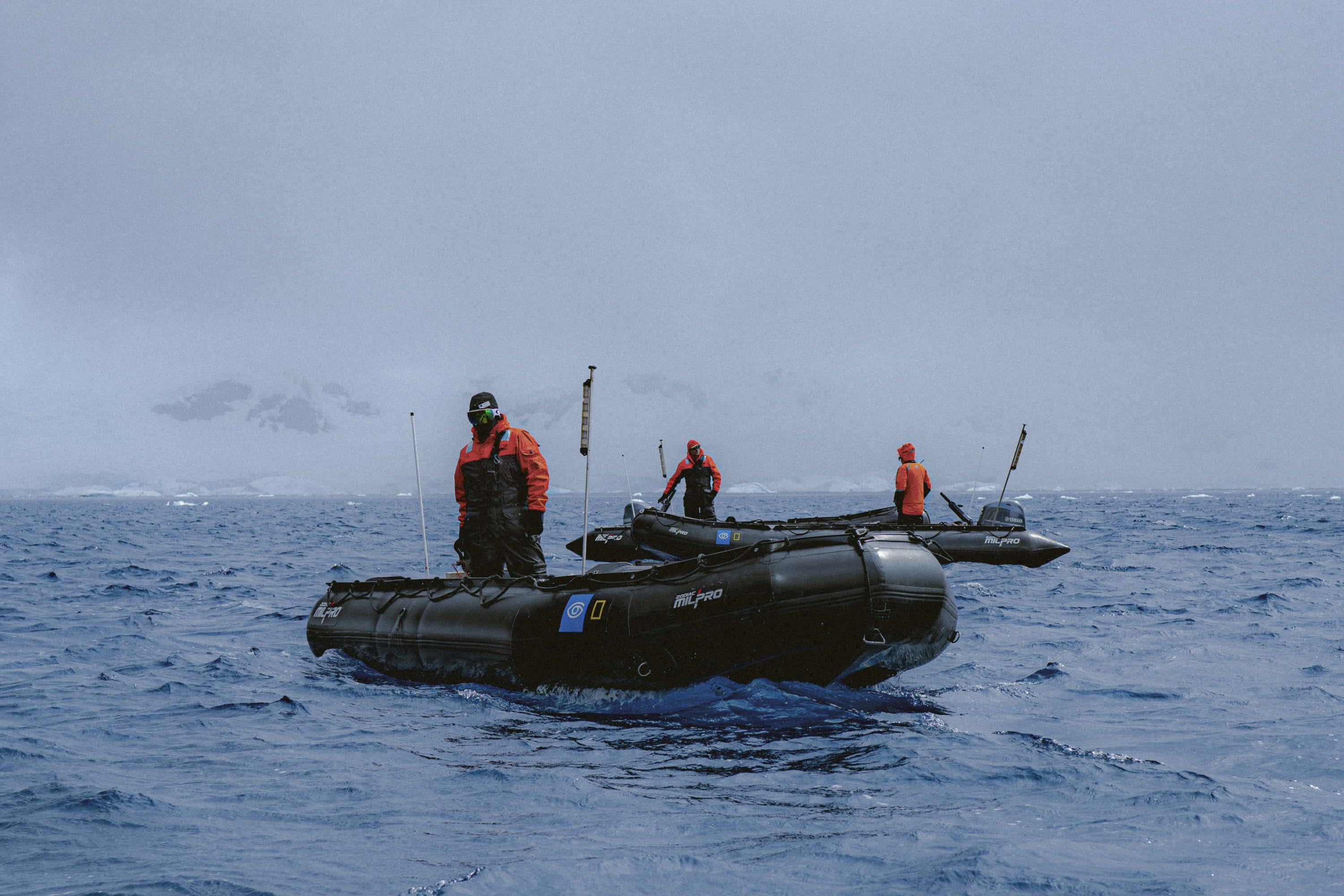
Even the most affordable, barebones cruise options for Antarctica tend to feature large crews and far fewer passengers than ordinary cruises. Navigating the Southern Ocean is demanding, and making sure guests are comfortable requires a large and capable crew. On higher-end cruises, this translates to an exceptional shipboard experience with plenty to do.
You can only visit Antarctica in summer, and each month is different
Antarctica cruises are only conducted during the continent’s summer, which lasts from late October to early March. The rest of the year, parts of the route freeze over and adverse weather is too common for safe passage.
“Consider whether you’re more fascinated by the ice formations or the wildlife, as this will help determine the best time to visit Antarctica,” Kaitlan said. “Each month offers unique highlights, so understanding your priorities will ensure you experience what captivates you most.”
For example, whales tend to be most active later in the cruise season, especially around February. But if you’re more interested in seeing penguins, you may consider going in January, when penguin chicks are hatching.
Expect inclement weather (but it’s not all bad)
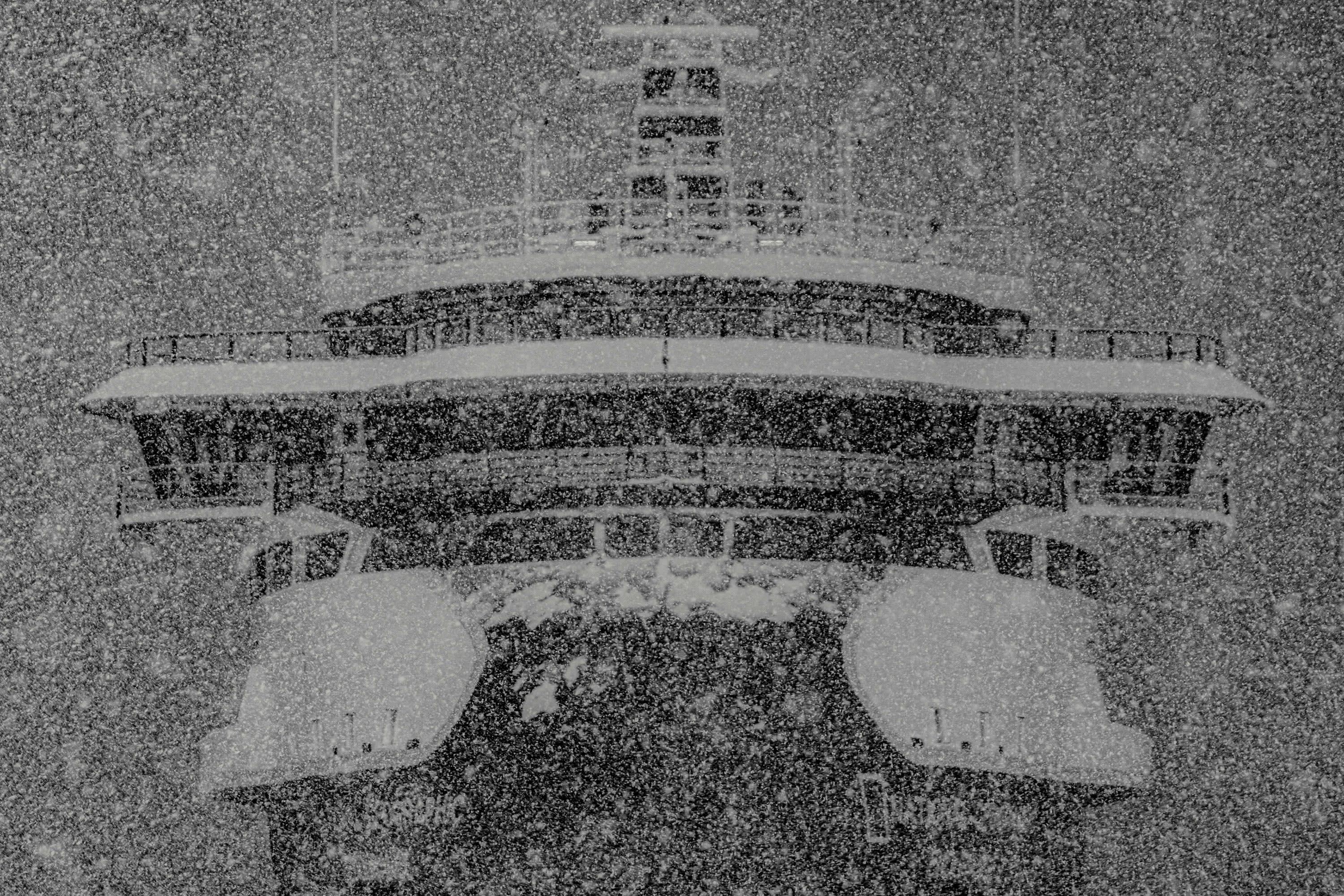
Inclement weather is routine in Antarctica; you’re likely to experience it on your cruise. Ships that make this journey, however, are well equipped for obstacles. You can trust that your experience will be as safe as it is exciting. Plus, clear days are just as common as bad-weather days, and the views are often lovely.
“Keep your eyes open and head on a swivel. We saw so many remarkable things,” Rochelle said. “Take all the pictures, but also remember to not live through a lens. When the sun is out, be out on the deck and enjoy the rays. The weather changes in seconds and it's beautiful to witness, so appreciate every moment.”
Antarctica is filled with life and adventure
Antarctica is a lot more than snow and ice. Dozens of notable species call its shores home, and the opportunities for adventure are as plentiful as they are unusual. Kayak along icebergs and glaciers. Get up close to whales, seals and penguins on small watercraft. Hike along snowy paths to find stunning vistas. Scuba dive in near-freezing waters among krill colonies and other species. Take aerial tours of the Antarctic landscapes by helicopter — and more.
“I highly recommend taking advantage of all the excursions offered during the journey,” Kaitlan said. “Whether you’re kayaking, hiking, skiing or embarking on a zodiac excursion, each activity offers a unique perspective on Antarctica’s breathtaking wildlife and awe-inspiring landscapes. Every experience reveals a different facet of this remarkable region, ensuring that no two adventures are ever the same.”
Fora FAM cruise to Antarctica aboard the National Geographic Endurance

In late 2024, a group of Fora Advisors enjoyed a 10-day cruise to Antarctica aboard National Geographic’s Endurance, a state-of-the-art icebreaker ship owned by the Lindblad family, who have been exploring Antarctica for the better part of the last century. The six-deck ship offered all the amenities you might expect from a luxury cruise ship, including a high-end spa, two restaurants, a cocktail lounge, a library, a gym, hot tubs and fire pits. The ship only had 76 cabins, making for an intimate and comfortable experience aboard.
A 10-day itinerary
Our advisors first flew into Buenos Aires, spending a night and morning there before taking a second flight to Ushuaia. At the edge of civilization, the team then boarded the Endurance and crossed the Drake Passage. Because the ship is outfitted with a special technology meant to mitigate the normally rough waters of the passage, the crossing was, in Kaitlan’s words, “remarkably smooth.” However, some chop is to be expected.
On board, our advisors enjoyed naturalist-led talks, relaxed in the wellness center and enjoyed the views offered by the ship’s observation lounge (which also features underwater cameras).
Upon arriving on the Antarctic Peninsula, our advisors participated in an array of activities, including cross-country skiing and snowshoeing with experts who provided insights on the setting and its inhabitants. Every day offered new adventures and opportunities to learn.
“Daily adventures were complemented by optional lectures and an engaging evening recap session, where guests gathered with cocktails in hand to review the day’s highlights and ask questions before dinner,” Kaitlan noted. “This journey was a perfect blend of luxury, exploration and education — an Antarctic adventure like no other!”
After spending five days on the peninsula, the team embarked on a return voyage across the Drake Passage.
Book and plan your Antarctica cruise with a Fora Advisor
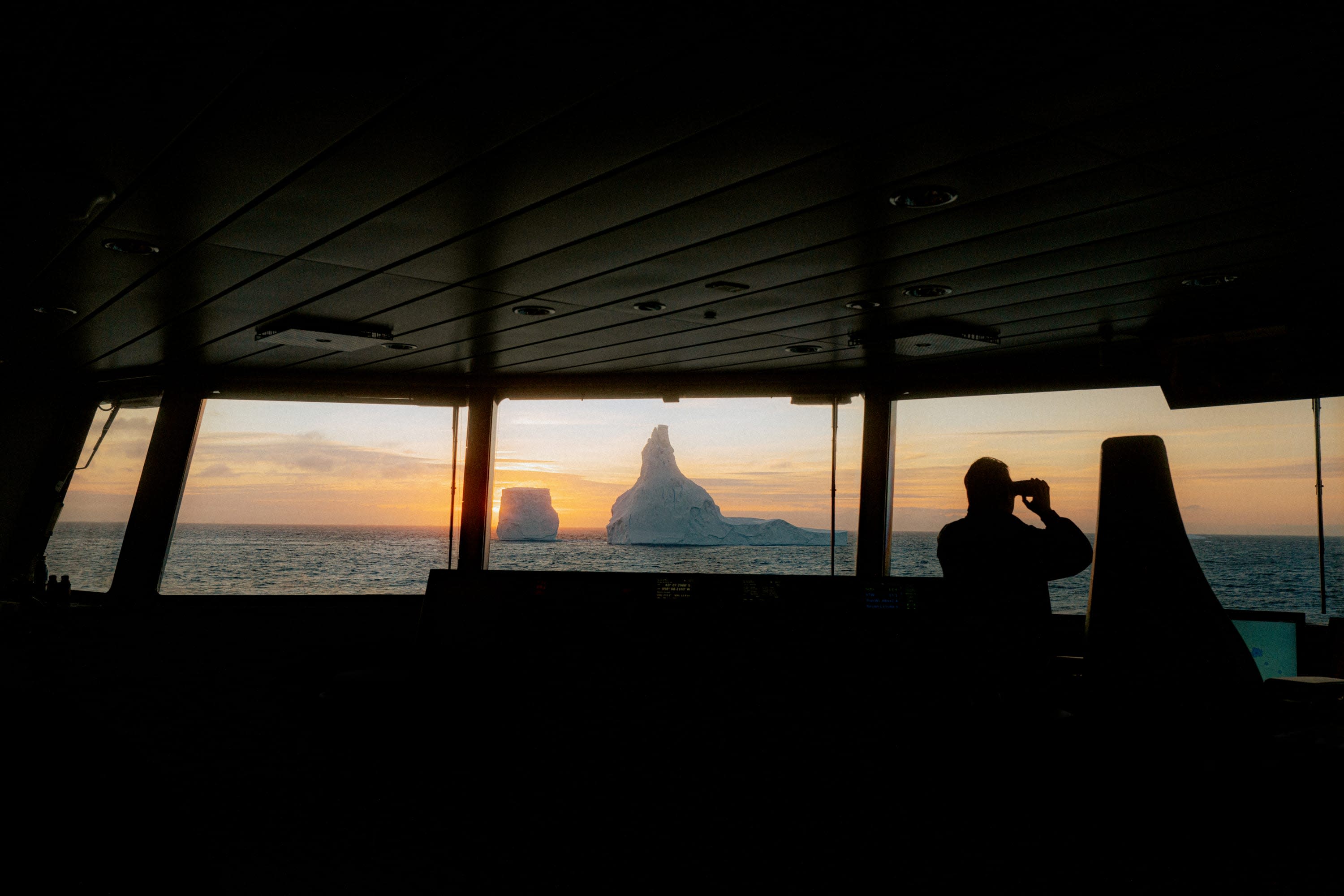
A Fora Advisor will help you navigate Antarctica cruise itineraries so you can choose a voyage that fits your travel preferences and budget. Your advisor will streamline the booking process, communicate special requests to cruise operators and, if you’d like, help plan your time aboard. If you choose a cruise operated by one of our travel partners, your advisor can unlock complimentary perks, such as onboard credit, priority for excursions, special dining and more.
Antarctica cruise FAQs
Read on for more information about Antarctica cruises.
Is it dangerous to visit Antarctica? Why is Antarctica guarded?
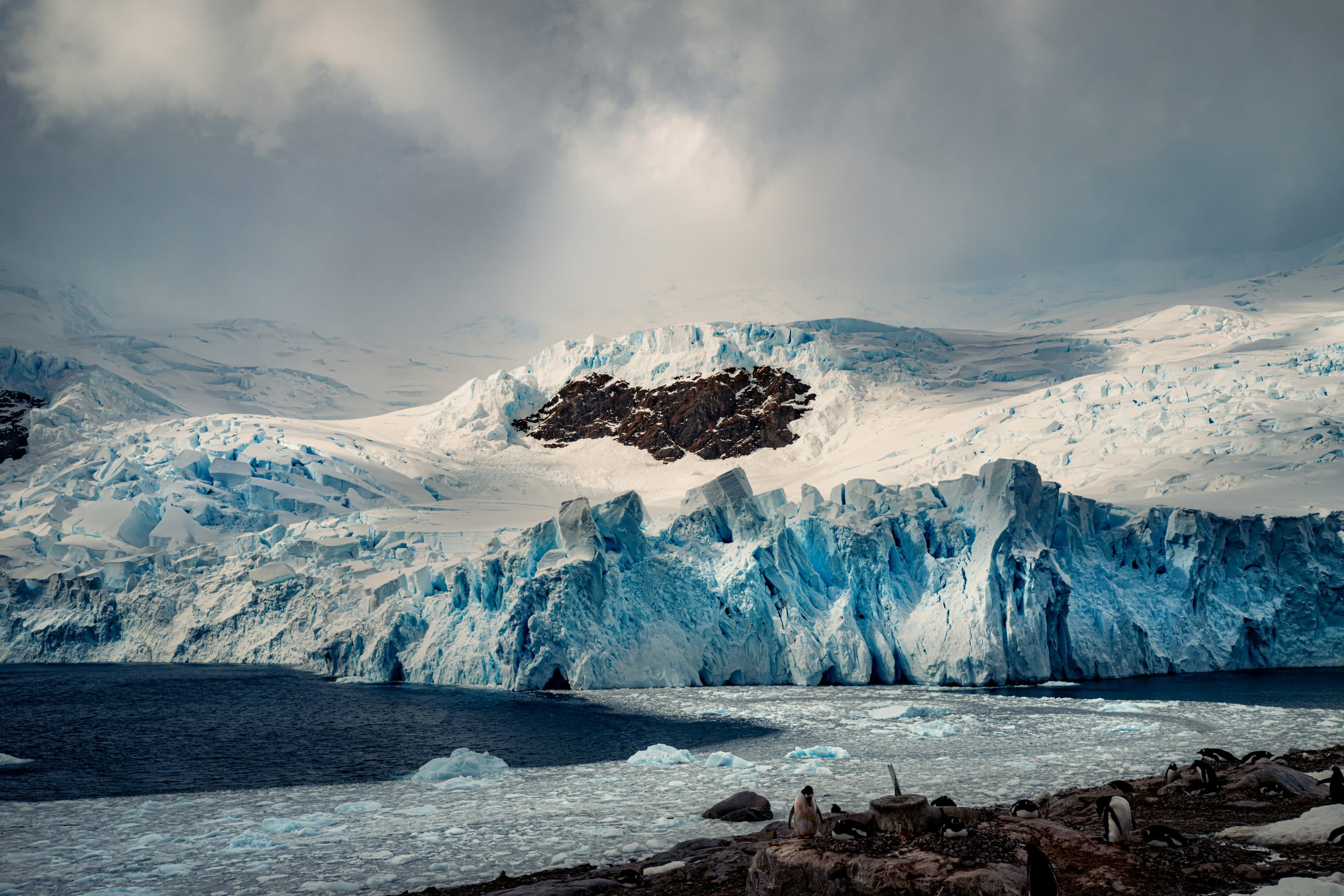
The cruise lines that visit Antarctica take great care to make sure you’re safe aboard and on excursions. Cruise operators, especially those that focus on expeditions, hire professionals with past experience on the icy continent. That said, Antarctica cruises face more potential hazards than a cruise to the Caribbean or Mediterranean, for example. The weather can be unpredictable and adventure-focused excursions present more danger than snorkeling in crystal-clear waters.
Antarctica is protected under an international agreement that prioritizes environmental stewardship and scientific research. Cruises are allowed to visit the continent under this agreement, provided that guests and staff follow strict guidelines any time they depart a ship.
How safe is the Drake Passage in summer? Can you skip it?
The Drake Passage, during winter, is considered by most experienced sailors to be the world’s most dangerous body of water. That said, summer (in the Southern Hemisphere) brings calmer seas and more predictable weather, and modern technology has made many of the dangers of the Drake Passage manageable. Incidents are exceedingly rare, and top-of-the-line ships such as National Geographic’s expedition ships largely offer a smooth sailing experience by sailing around adverse weather. If you’re unsure about crossing the Drake Passage, some cruise lines allow you to skip the passage on a flight.
How far do Antarctica cruises travel? What’s the average length?
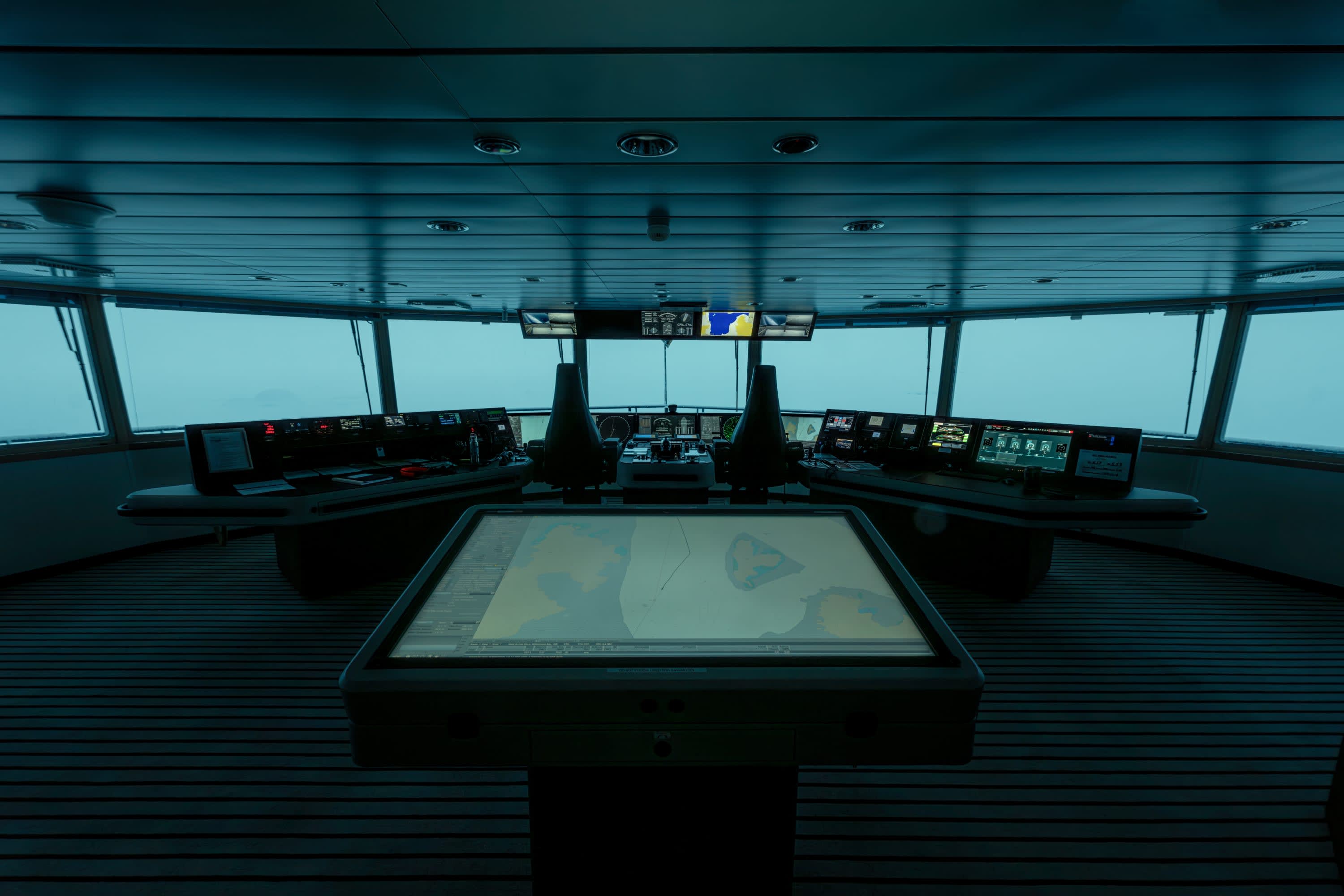
It varies by experience, as sometimes navigating around storms extends voyages. Most cruises travel as much as 600–800 miles one way from South America, across the Drake Passage and around the many islands that surround Antarctica proper. The average cruise length is 10–14 days, but some cruises are as short as eight days. Others last around three weeks.
What’s Antarctica’s time zone?
Most Antarctica cruises operate on GMT -3 time, which is the same as Ushuaia, Argentina. For context, if it’s 5:00 pm in Ushuaia, it’s 3:00 pm in New York City.
How cold is Antarctica during cruise season?
Most cruises to Antarctica stick to the continent’s northernmost peninsula. During cruise season (late October to early March), you can expect average daytime temperatures anywhere from 20–50℉. Wind chill can make temperatures feel much colder, and dramatic temperature fluctuations occur often. Water temperatures tend to hover at just above freezing (28–34℉).
Which cruise lines visit Antarctica?
An increasing number of cruise lines are offering Antarctica voyages, including National Geographic (partnered with Disney), Poseidon Expeditions, Norwegian, Silversea, Viking Expeditions and Celebrity Cruises.
Do you need a passport to go to Antarctica?
Yes, you will need a passport. To get to Antarctica, you typically must pass through customs in Argentina or Chile.
How much do Antarctica cruises cost per person on average?
The average cost of an Antarctica cruise is $10,000 per person. However, it’s possible to find cruises that cost as low $1,100 per person or as high as $50,000. Less expensive cruises may only sail past Antarctica’s shorelines, and typically don’t include airfare or any other related travel expenses. More expensive options include luxury accommodations, dining and expert-led excursions on the continent.
What types of animals will you encounter?
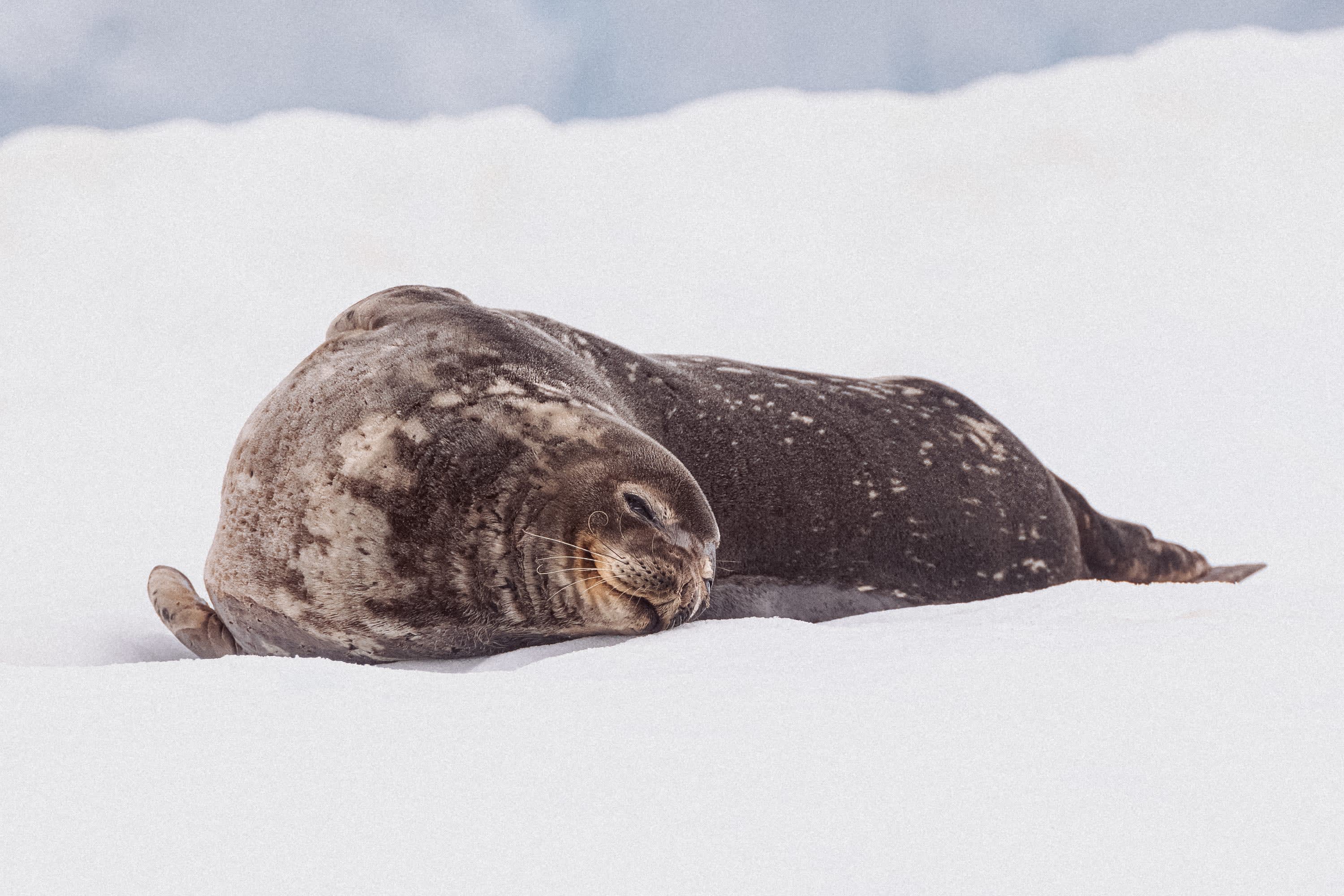
Different types of whales, penguins and seals are common sights on Antarctica cruises. You may encounter blue whales, orcas, gentoo penguins, Weddell seals and more. Albatrosses — massive seabirds with wingspans up to 11 feet — are sometimes seen around the island chains that serve as pitstops before Antarctica.
Do you have to have your wisdom teeth and appendix removed before traveling to Antarctica?
Absolutely not. This myth stems from requirements for scientists and support staff visiting Antarctica for research expeditions lasting months or years. Ordinary travelers visiting Antarctica are not subject to this requirement.
Can you do a polar plunge in Antarctica?
Yes. Most cruise lines allow you to do a polar plunge in the waters around Antarctica. If you’re unfamiliar, this involves briefly jumping or wading into frigid waters.
More travel inspiration
Check out more articles on cruises and cruise-worthy destinations:
